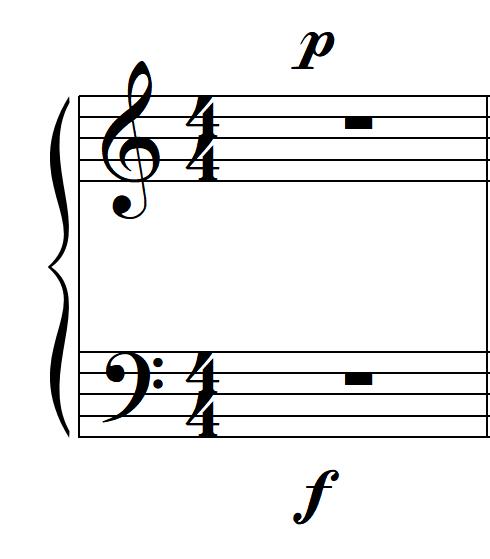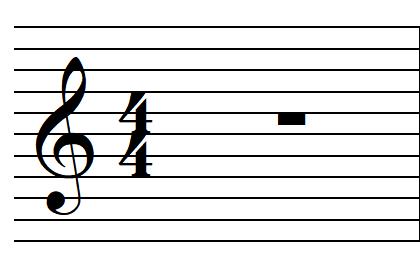Relative to the Grand Staff, it's important to think of "Middle C" as a concept more than a literal visual expression. Here's why:
Let's say you have a "grand" staff using 11 lines (5 for each staff + center for C):
At first glance, you might think, "that's not so bad". However, once you add music, especially complicated music, this type of notation can be quite unwieldy.
So it's split into what we commonly see as the Grand Staff, which, as others have mentioned, usually relegates a hand to each staff. So, we've solved a visual problem by separating the staves with some space. But now we have another problem: what if we want to know how loud / soft to play the music?
Well, putting the dynamics on the outside of the Grand Staff is visually distracting and cumbersome:


It is more difficult for the musician to read the music and the dynamics this way.
However, keeping dynamics and other indications between staves – for the most part – can help reduce visual clutter and lead to better reading / performance.
So, let's go back to the question:
**Why isn't more printed work done where the two clefs work together and actually have middle C, well, in the middle? **
In order for the staves to be exactly aligned, you'll need to sacrifice other important visual, performative, and logistical elements in the music. Using ledger lines helps us cope with this off-set. For publishers, composers, and performers, the staff spacing relative to middle C just isn't that important.




